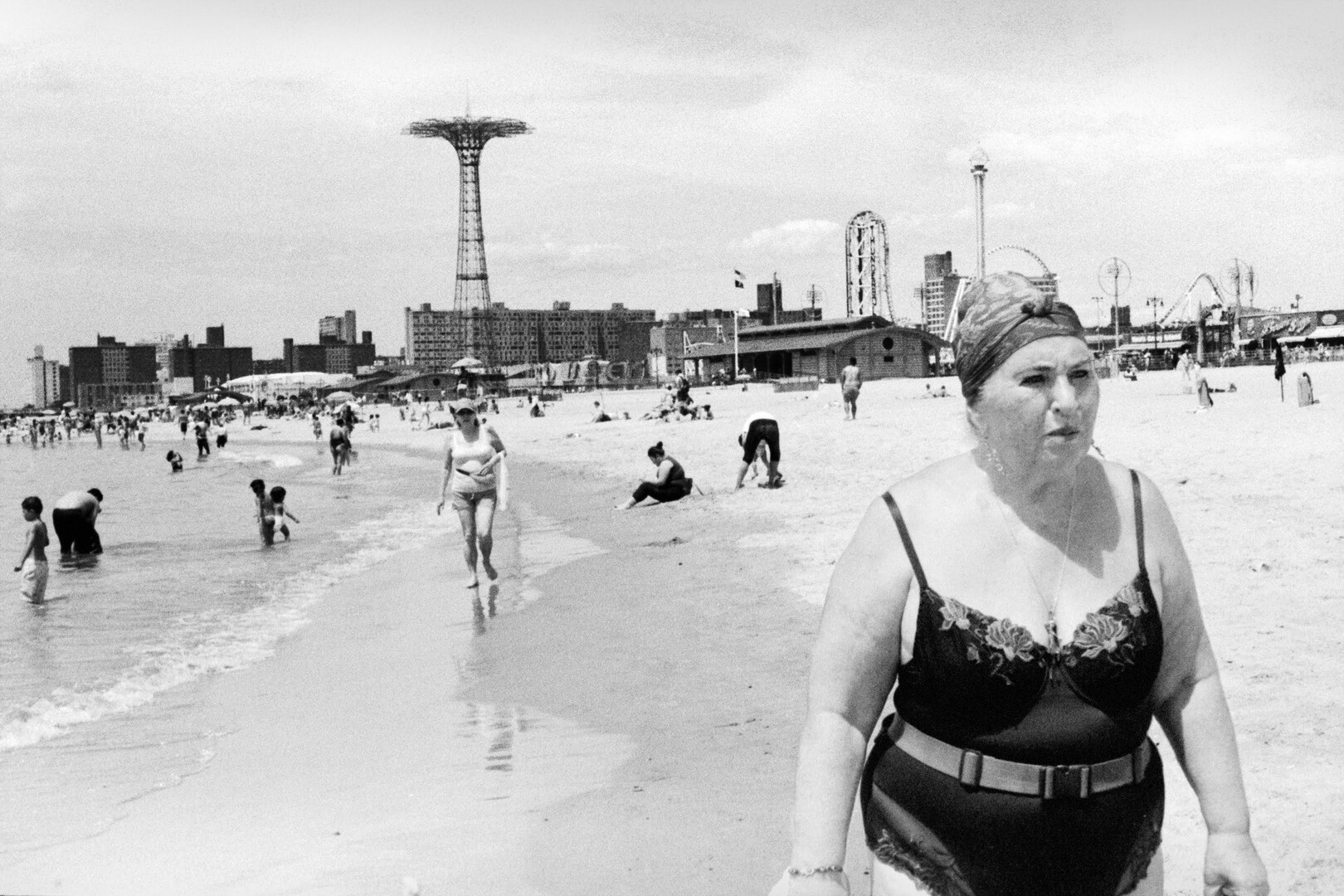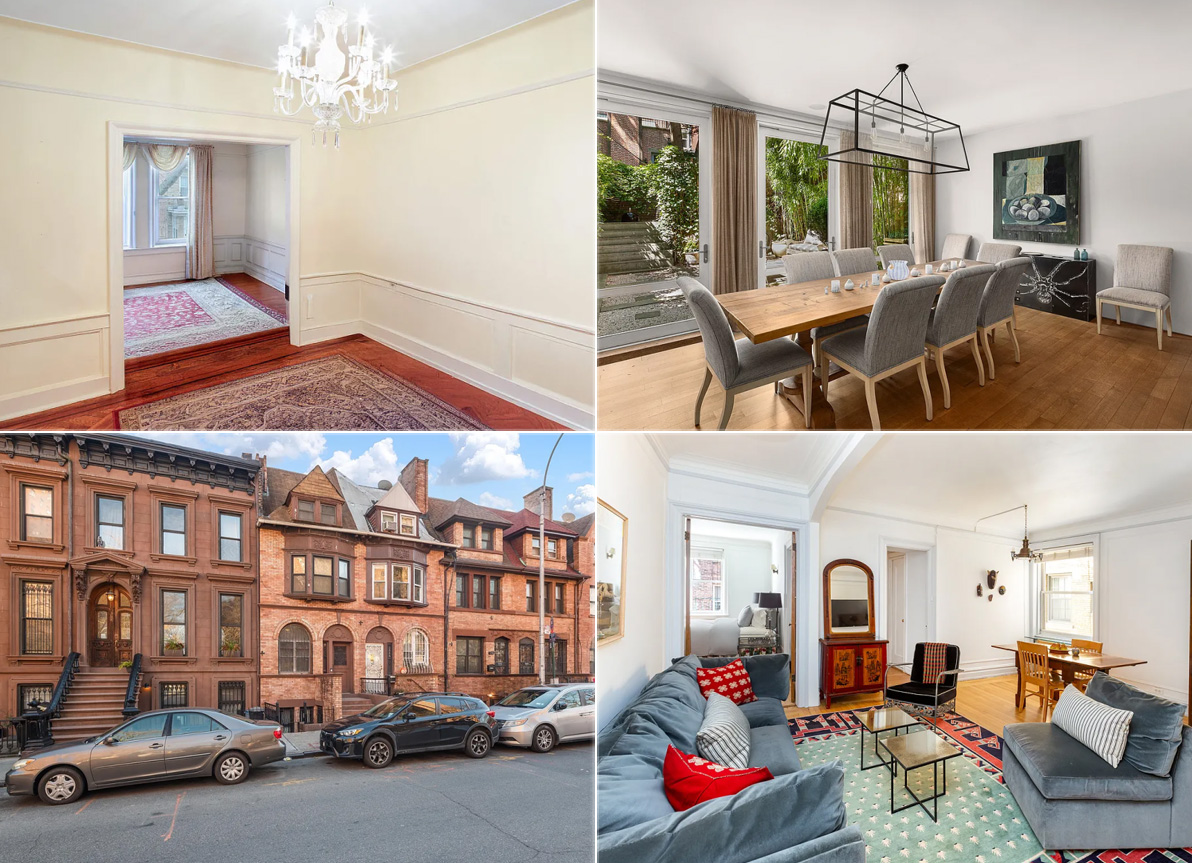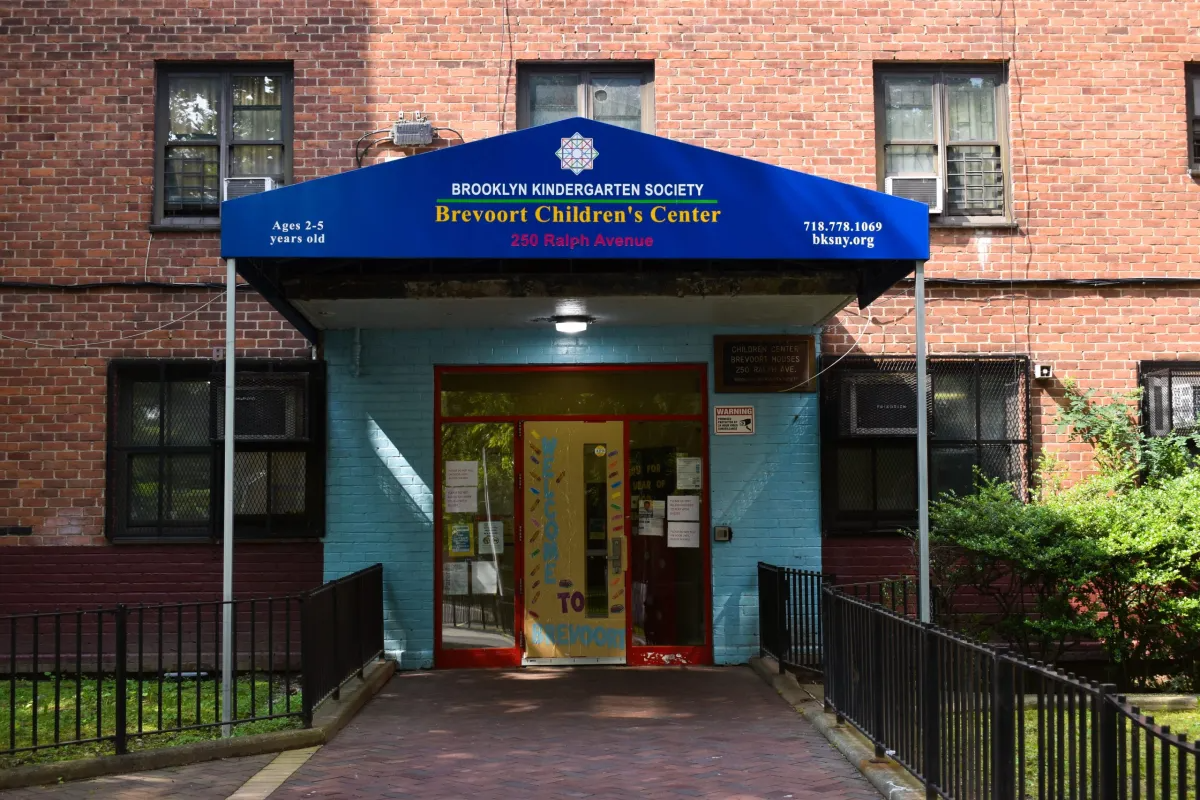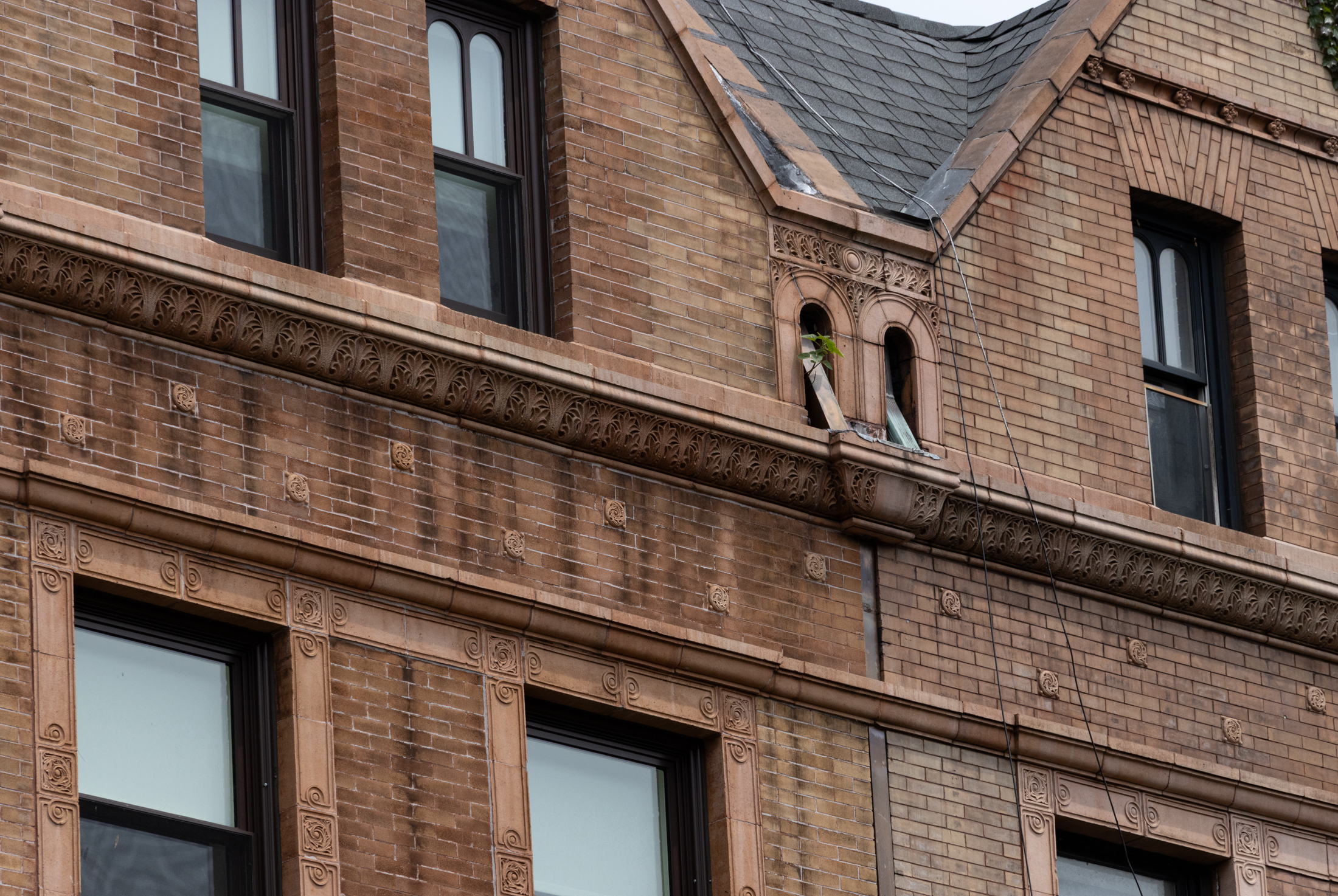Walkabout With Montrose: Automobile Row
The 20th century was a time of extraordinary invention and innovation, and the popularity of the automobile changed the world. As we know today, Brooklynites have always loved their cars. By 1910, Bedford Avenue, which now stretched from Williamsburg to Brooklyn College, was a major north-south transportation corridor. At the early decades of the century,…


The 20th century was a time of extraordinary invention and innovation, and the popularity of the automobile changed the world. As we know today, Brooklynites have always loved their cars. By 1910, Bedford Avenue, which now stretched from Williamsburg to Brooklyn College, was a major north-south transportation corridor.
At the early decades of the century, much of the area between what is now called Empire Blvd up to Fulton Street was undeveloped, with large tracts of available land.
Because of its proximity to affluent Crown Heights, Bedford, and Park Slope, as well as the attractions of nearby Ebbetts Field, Prospect Park, the Brooklyn Museum, the Botanic Garden and Children’s Museum, Bedford Avenue became a logical location for the growing number of automobile showrooms, gas stations, parking garages and repair shops.

As early as 1912, Trow’s Business Directory lists 25 automobile establishments on this stretch of Bedford Ave. Beginning in 1911, the Brooklyn Auto Show was held in the vast confines of the 23rd Regiment Armory, on Bedford and Atlantic.
In 1918, the New York Times noted that 107 exhibitors were signed up by the Brooklyn Motor Dealer’s Association, and an entire week of the two week show would be dedicated to passenger cars, of which 35 makes were being shown. A year later, the Times would report on a display of almost 200 passenger cars representing 44 makes.
By 1929, Bedford Avenue and adjacent blocks were filled with showrooms for cars and trucks made by Chrysler, Buick, Pontiac, Ford, Marmon, Haas, Studebaker and General Motors.

The area was known as Automobile Row. The most important remaining building from that time is the Studebaker Building, located on the corner of Bedford Avenue and Sterling Place, about 4 blocks north of Eastern Parkway.
The Studebaker building is an immense building of white concrete and white terra cotta, designed by the architectural firm of Tooker and Marsh in 1920. The original building was four stories and a mezzanine, with a corner tower of 5 stories.
Typical of automobile showrooms, the front of the first floor, which had large wide windows, was the showroom, a garage was in the back on this floor, and offices were in the mezzanine. Special heavy load bearing walls on the upper floors would allow for car storage.

By 1934, the showroom was selling used, as well as new cars, but by 1941, Studebaker had stopped selling cars at this location, and had cut back their business. Despite purchasing Pierce Arrow in ‘28, and merging with Packard Motors in ‘54, and with years of well designed and popular cars, they were unable to compete with the Big Three automakers, and Studebaker closed their plants forever in 1963.
Continue the story on the jump
Tooker and Marsh, who mostly designed school buildings in the tri-state areas, designed the Studebaker Building as a neo-Gothic monument to the automobile. The building is clad in white terra cotta, the most iconic features being the Studebaker banners near the roofline with a wheel with black spokes behind the banners.

In classic Gothic fashion, arched windows line the upper floors, and columns feature carved figures holding shields. Carved faces and quatrefoil motifs complete the neo-Gothic theme. In 1941, the building was altered, and turned into a dress store and showroom, with storage, offices, and a furniture manufacturer and his showroom on the upper floors.
When the building was sold in 1999 to a developer for affordable housing, a church occupied the ground floor, and the upper floors were artist’s studios. A very sensitive renovation altered the original two story showroom and mezzanine windows and facade, and created two floors of living space.
It is hard now to see where those large showroom windows once were, as the façade was redecorated with complementing concrete trim. The building now holds 27 low income apartments and a social service center.

Many of the other automobile showrooms, service centers and parking garages now have other uses, as churches, and retail stores, one is boarded up, awaiting new use. Many more have been torn down, and new buildings built on their sites.
The armory is now used only as a homeless shelter, and residents are now fighting its use as the intake center for all of the city’s homeless. The photos and the Flickr link show the Studebaker building, former auto showrooms and garages, and the 23rd Regiment Armory, all located on or near Bedford Avenue. This important part of Brooklyn’s past is now part of the rebirth of the Crown Heights North and Crow Hill neighborhoods.
In 2000, the Landmarks Preservation Commission awarded landmark status to the Studebaker Building, citing it as an important building in the development of New York City, the only automobile showroom to be designed by the New York firm of Tooker and March, an excellent example of neo-Gothic commercial architecture, and a fine example of a terra-cotta clad corporate icon, manufactured by the famous Atlantic Terra Cotta Works. The information for this piece is from the LPC report and the New York Times archives.
[Photos by Suzanne Spellen]





big jugs- those that can, do. Those that can’t critique.
But then, what can you expect from someone who calls himself “big jugs?”
Well, here is part of an answer to the Bedford name :
http://www.flickr.com/photos/wallyg/944524523/
Partial quote below:
*Bedford’s name remains contested. Most attribute it to the English, either for the Duke of Bedford or England’s Bedfordshire. Others attribute it to the Dutch word Bestevaar, or “the place where old men meet”, itself a translation of an Algonquin word meaning “council place.”*
Anyone have more?
Coincidentally, Montrose, I was looking at Bedford Ave. on the map this morning and noticed that it goes from the south-most part of Brooklyn by the water, up into Williamsburg. Yes, it is an interesting street. I wonder if anyone knows who the street was named for – and if it has American Revolutionary War connotations.
That’s nice, big, but most of us wouldn’t be randomly looking there.
So, are the low-income apartments nice? They look nice.
This article is not all that fascinating. Much of this information is easily obtainable online or in several popular texts about Brooklyn history, such as “When Brooklyn Was the World”.
Great piece Montrose. I’d known about the Studebaker building but had no idea that Bedford was considered automobile row. What an interesting bit of history!
Smudge, as pointed out by MGW, Bedford and Atlantic are still very close in size even though 3 miles of it in Queens. Even when you include the portion in Brooklyn, Bedford is still slightly longer, therefore, it is the longest street running through Brooklyn.
Another great article! Thanks, MM. I remember, back in the 70’s when we had a top floor apartment at 1479 Bedford between Sterling and St. John. Looking south from our windows, you could see the Studebaker building on the corner. But, of course, at that time, we were just young renters and didn’t know much (or care very much) about historic buildings at the time. Indeed, all we knew about that handsome building is that it was the location for Loehmann’s designer discount clothing! And to think, all along,we were living it up (or down) on Brooklyn’s former automobile row!:-)
Thanks for the article Montrose. One of the lessons of your pieces so far for me is that I have to make sure to slow down and look at buildings more closely.